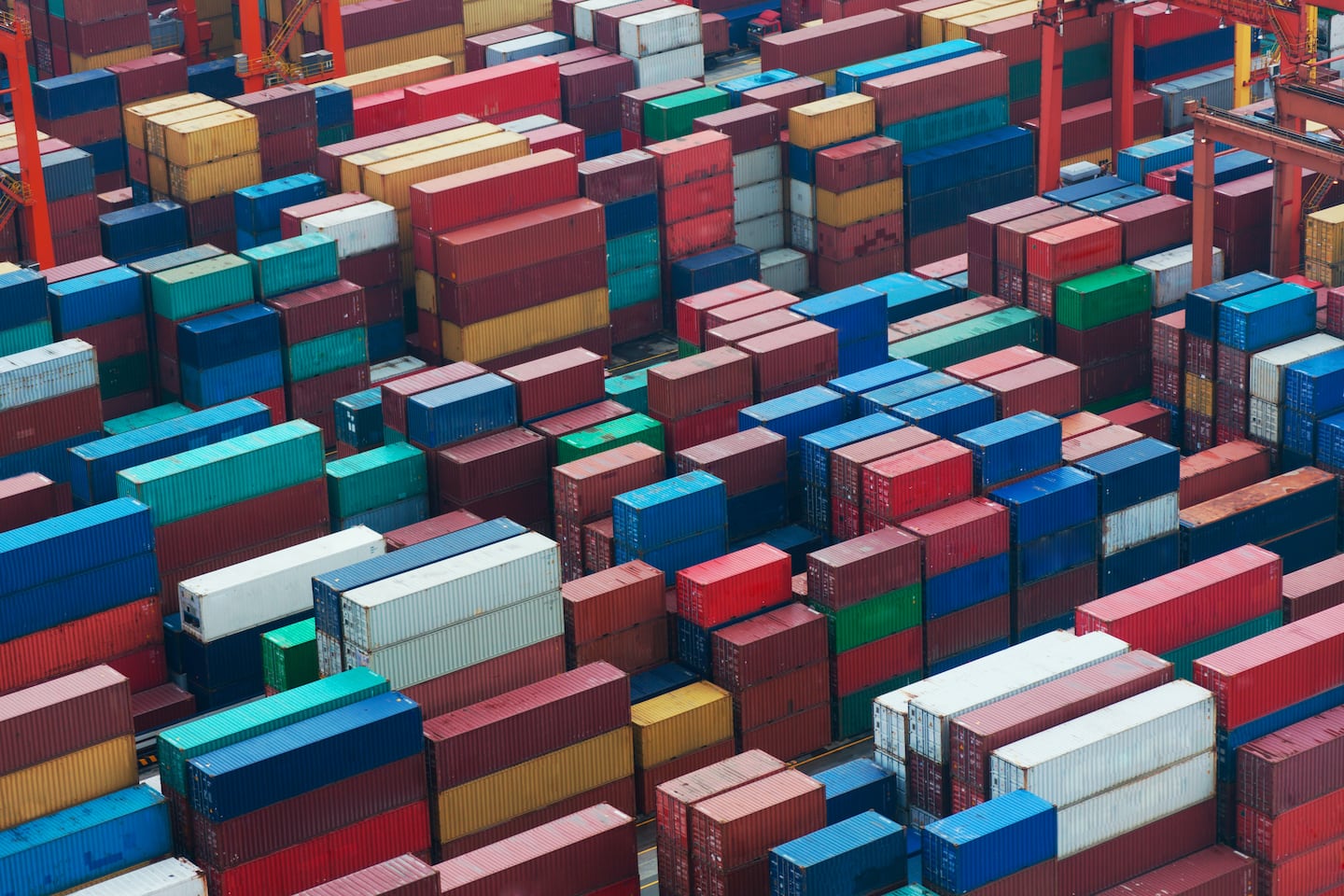
The Business of Fashion
Agenda-setting intelligence, analysis and advice for the global fashion community.

Agenda-setting intelligence, analysis and advice for the global fashion community.

Just when it looked like inflation’s grip on consumers was easing, another obstacle has emerged for both retailers and central bankers: difficulty accessing the Suez Canal.
Supply chain struggles are now back on the agenda. Container ships are being forced to avoid the Red Sea and Suez Canal, the main route for shipments from Asia to Europe and an important one for deliveries to the US East Coast, after Iran-backed Houthi rebels started attacking ships as part of a campaign against Israel. Shipping rates have surged and goods are taking longer to arrive, as containers reroute around the Cape of Good Hope.
Retailers must manage the disruption — but they should not repeat the same mistakes of 2021, when many overreacted to potential shortages, only to be left with a mountain of inventory six months later.
Although there are some exceptions, the majority of mass-market fashion is sourced from China, the Indian subcontinent and Southeast Asia and shipped abroad. (Zara-owner Inditex SA manufactures about 60 percent of its products close to its headquarters in Arteixo, in northern Spain, and flies in garments made elsewhere.) Vietnam is an important centre for sneakers, while home furnishings, toys and electronics are also produced in Asian factories. All these shipments — along with packaging and even wine from Australia and New Zealand — could be hurt by conflict affecting the Suez, which handles 12 percent of global sea trade.
ADVERTISEMENT
The extra sailing time to avoid the Red Sea is adding around 2 to 2.5 weeks to deliveries to Europe and North America. British chains Next Plc and Marks & Spencer Group Plc, as well as Swedish furniture retailer Ikea, have all warned that some spring products may be unavailable. Higher freight rates, meanwhile, are increasing costs.
Nevertheless, the situation looks manageable — for now. Next chief executive officer Simon Wolfson last week described it as “an inconvenience rather than a crisis.”
With Europe and some parts of the US enduring freezing temperatures, it will make little difference if spring fashions arrive a couple of weeks late. And seeing as consumers continue to spend cautiously, not having enough stock is probably preferable to a surfeit. So far, there seems to be no threat of clogged US ports to process imports, one of the factors that froze supply lines in 2021.
Wolfson sees the impact on prices in Next stores as being no more than 1 percent. But for chains that had hoped to use lower shipping costs to fatten margins, bolstering profitability now looks trickier.
And the longer the situation goes on — and attacks have recently intensified — the more serious it will become. Containers could end up in the wrong place, for example, as they did in 2021.
The good news is many companies have been here before, even relatively recently. They have the tools to deal with delays.
Although it’s more expensive, retailers can also use air freight. It’s suitable for some light but high-value items, such as cosmetics, electronics and premium sneakers, but not bulky furniture. Changing the source of supply may also be possible. One option is relying more on factories in Turkey. Trying to secure shorter manufacturing lead times from factories, to compensate for extra weeks on the water, is another. Suppliers to businesses such as Walmart Inc. and Wayfair Inc. are rushing to submit orders before the Lunar New Year holiday when Chinese factories shut down sometimes for up to a month.
Faced with shortages in 2021, the most powerful chains, such as Walmart and Target Corp., hired their own ships to ensure they could get stock from Asia in time for the holidays. Others, such as Victoria’s Secret & Co. brought in more products than usual at the start of the season, rather than waiting to see what sold well, and then later adjusting orders accordingly, known as being “open to buy.”
ADVERTISEMENT
But these are strategies to use sparingly. For example, ordering more at the start of the season or hoovering up available stock in the market is risky if supply lines unfreeze or demand suddenly dips.
With companies on both sides of the Atlantic struggling to figure out consumer sentiment, they must walk a tightrope between having too little and too much stock. As one seasoned retailer pointed out, it’s hard enough to sell goods when you get them on time, let alone when they’re out of sync with what people want to buy.
By Andrea Felsted and Leticia Miranda
Learn more:
Retailers Rush to Avoid Delays to Spring Collections Due to Red Sea Attacks
Retailers worldwide are stocking up on goods before China’s Lunar New Year holiday and seeking air or rail alternatives to transportation via the Red Sea in a scramble to avoid empty shelves this spring, executives and experts told Reuters.
The company, under siege from Arkhouse Management Co. and Brigade Capital Management, doesn’t need the activists when it can be its own, writes Andrea Felsted.
As the German sportswear giant taps surging demand for its Samba and Gazelle sneakers, it’s also taking steps to spread its bets ahead of peak interest.
A profitable, multi-trillion dollar fashion industry populated with brands that generate minimal economic and environmental waste is within our reach, argues Lawrence Lenihan.
RFID technology has made self-checkout far more efficient than traditional scanning kiosks at retailers like Zara and Uniqlo, but the industry at large hesitates to fully embrace the innovation over concerns of theft and customer engagement.